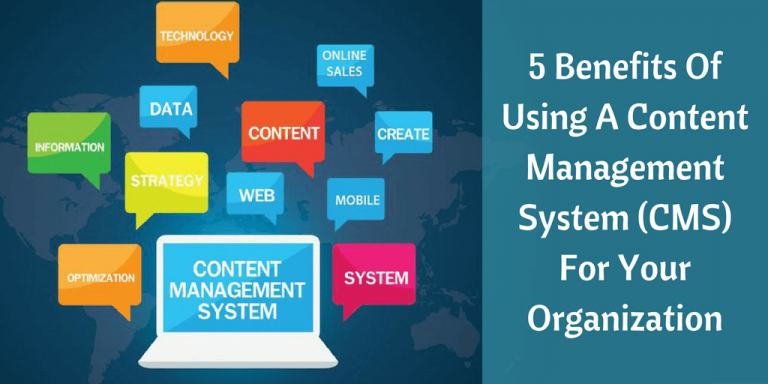
Source copied from proweb365.com for original link click here
There’s no denying the fact that a key ingredient to a business’ success is having an online presence. While the choice to build a website for your organization is easy, deciding what type of website to invest in is more complex. Do you hire a team to build the website for you? Do you manage it yourself? Do you want to make frequent changes? What if you don’t know a single thing about code?

These are important questions, and we hope this article will help you find the right answers for your organization. If you’re looking for a simple and effective way to manage your online content, we recommend websites built with Content Management Systems (CMS). It may sound complicated, but we’ve compiled a list of ways to show you how CMS websites will benefit your organization.
1. Content Management Systems are user friendly. Unlike other web maintenance systems, CMS sites are relatively self-explanatory, allowing most users to make their own changes and updates. Because you will be able to update the site yourself, rather than having to depend on the services of an external vendor all the time, you will have much more autonomy over a CMS site than you would with a non-CMS site. Many users say that operating a CMS website is similar to using a Word processing software; many of the basic functions are easy to master.
2. Easy to streamline scheduling. Content Management Systems allow you to draft content and save it for future use on your website (meaning content won’t be published automatically when it is created). This gives you the opportunity to create a streamlined creation and approval process for all of your content, allowing employees to publish the material at a time that best fits both their personal schedule and the content.
You can also create different settings for different operators on your website. For example, one person might be able to create content, but cannot publish it without the approval of another user. This creates a flexible system of checks and balances within your organization.
3. Flexible visual design. Content Management Systems function in a way that allows you to make design changes to the site (with the help of a web designer) without sacrificing the site’s functionality. Because you can adjust the visual aspects of the site without changing the written content, you can easily develop and adjust your business’ brand, without affecting the user experience.

4. Variety of content options. There are a myriad of types of web content available when developing a site using CMS. These include (but are not limited to): events listing, staff directories, RSS feeds, blogs, testimonials, documents, and image galleries. Don’t limit your site to a few standard features, when you could easily incorporate engaging features into a website using CMS.
5. Environmental- and Cost-conscious options. Investing in an efficient and easy-to-use website will give you the option to move most of your company’s information and files online, allowing you to “go green” by minimizing paper usage, saving space on storage and saving costs and energy that might have been sent shipping information and documents.